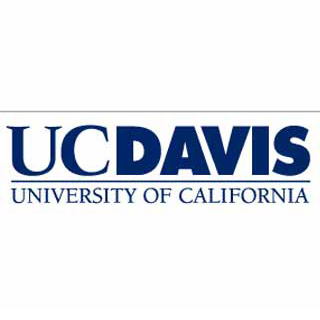
This progress could profit several people every year, who can no longer shut their eyelids owing to combat-related injuries, stroke, nerve injury or facial surgery. Moreover, the method, which uses a grouping of electrode leads and silicon polymers, may be applied to create synthetic muscles to manage other parts of the body.
Travis Tollefson, a facial plastic surgeon in the UC Davis Department of Otolaryngology – Head and Neck Surgery, commented, “This is the first-wave use of artificial muscle in any biological system. But there are many ideas and concepts where this technology may play a role.â€
In this study, Tollefson and his colleagues wanted to craft the procedure and device a design for human implantation of electroactive polymer artificial muscle (EPAM) to reproduce an ongoing eyelid blink that may shield the eye and enhance facial appearance. EPAM is claimed to be a promising technology that appears to have the possibility for use in restoring facial movement in patients with paralysis. Electroactive polymers apparently perform like human muscles by intensifying and constricting, based on uneven voltage input levels.
UC Davis otolaryngologist Craig Senders mentioned that for individuals with other kinds of paralysis, the application of artificial muscles may one day signify recapturing the capability to smile or control the bladder. Reanimating faces is alleged to be a usual first stride in creating synthetic muscles to manage other parts of the body.
Eyelid paralysis at present is said to be treated by one of two methods. The muscle from the leg can be relocated to the face in one of the techniques. Nevertheless, this alternative supposedly needs around 6 to10 hours of surgery, forms a second wound, and is not always appropriate for older or medically weak patients. The second approach includes suturing a tiny gold weight within the eyelid. The weight shuts the eye due to the assistance of gravity. Even though effective in apparently over 90 percent of patients, the ensuing eye blink is slower as compared to the normal eye and cannot be coordinated with the opposite eye. A few patients could have a hard time in keeping the weighted lid shut when trying to sleep. In the US, a likely 3,000 to 5,000 patients may experience this surgery each year and consequently gain from a substitute treatment.
For this study, Senders and Tollefson applied a new substitute technique for eyelid rehabilitation in permanent facial paralysis. They apparently utilized an eyelid sling device to generate an eyelid blink when activated by an artificial muscle. By means of cadavers, the surgeons supposedly included a sling created of muscle fascia or implantable fabric around the eye. Small titanium screws is said to fasten the eyelid sling to the small bones of the eye. The sling was strapped to a battery-powered artificial muscle. The artificial muscle mechanism and battery were apparently into a normal hollow or fossa at the temple to mask its existence.
Senders and Tollefson discovered that the power and stroke necessary to shut the eyelid with the sling were apparently well in the achievable range of the artificial muscle. This ability could enable the formation of a pragmatic and efficient eyelid blink that seems to be symmetric and synchronous with the standard, functioning blink. A similar method may also provide children born with facial paralysis a smile.
For patients who apparently have only one working eyelid, a sensor wire threaded over the normal eyelid may identify the normal blink urge and shoot the artificial muscle simultaneously. Among patients not having control of either eyelid, an electronic pacemaker comparable to those applied to control heartbeats may blink the eye at a stable rate, and be switched off via a magnetic switch.
The new method appears in the Archives of Facial Plastic Surgery.
